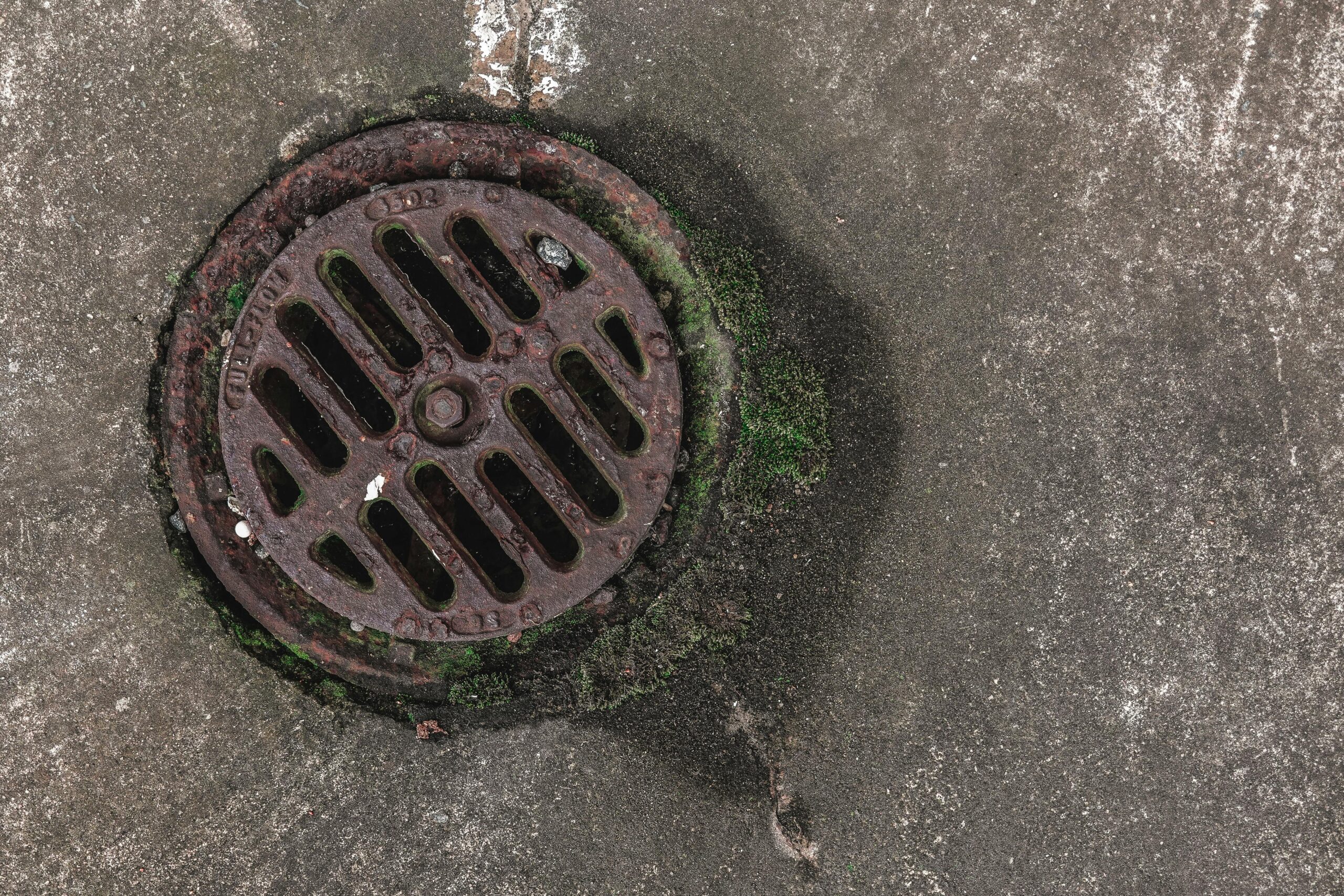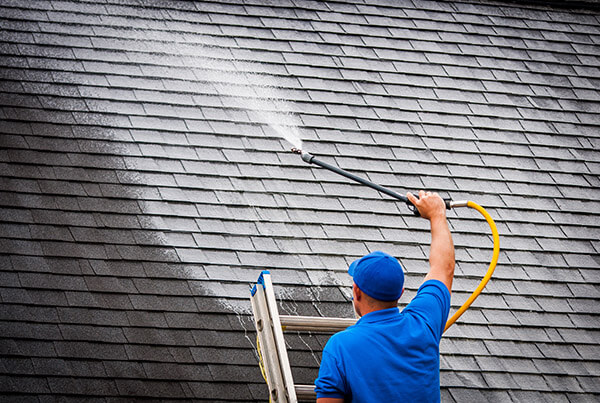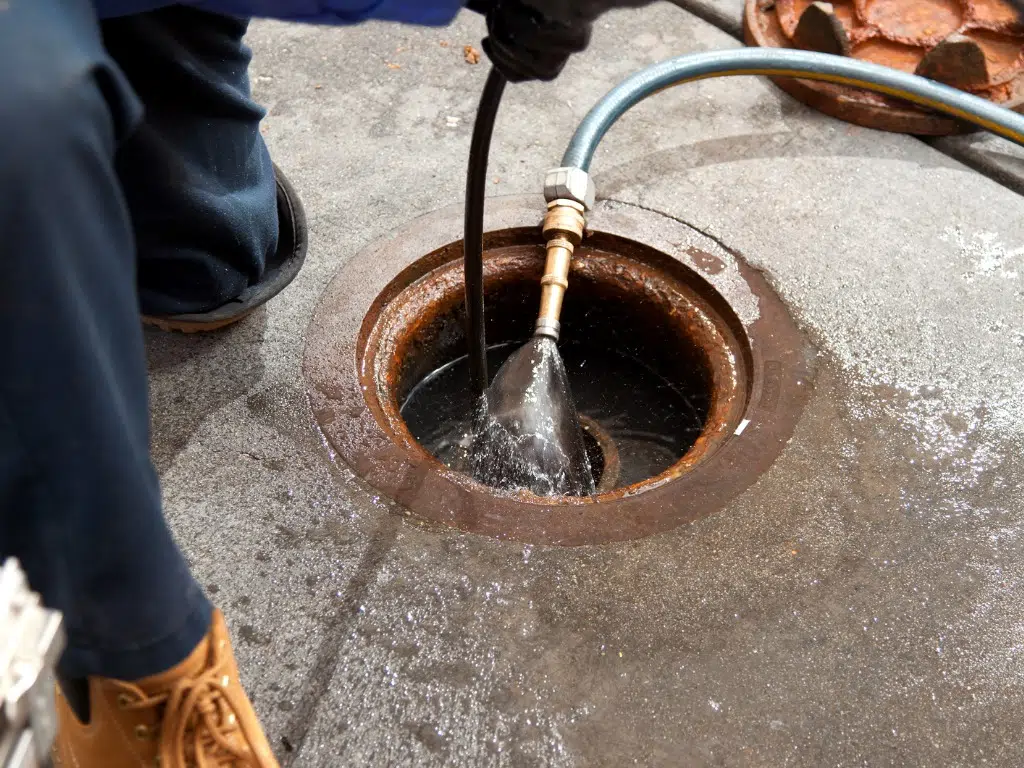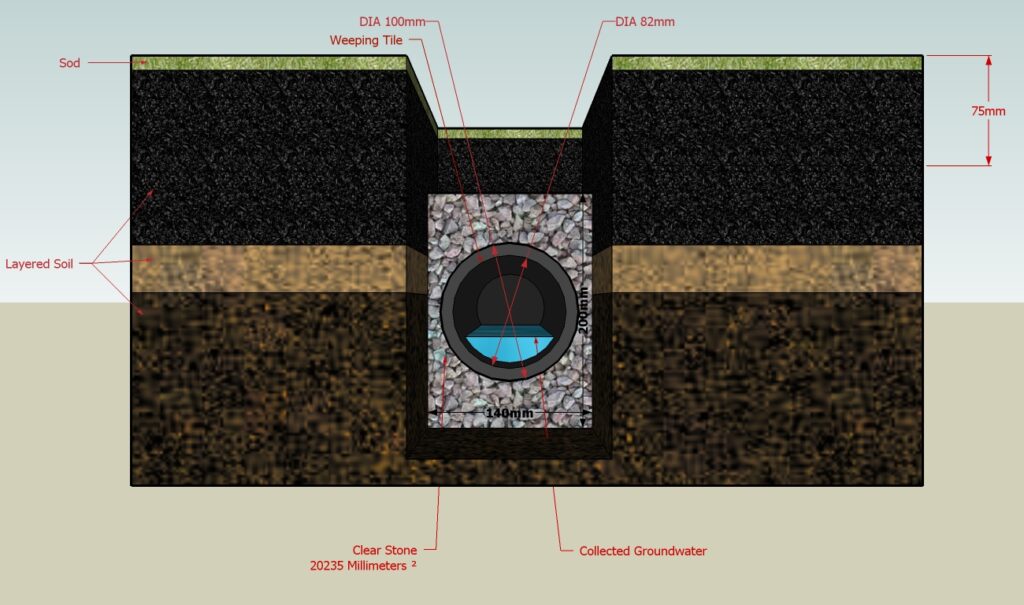If your garden turns into a swamp after every rain, you’re not alone. Poor drainage is a common headache for American homeowners, but fixing it doesn’t have to break the bank. With a few smart, affordable strategies, you can keep your yard healthy, prevent water damage, and even improve your soil. This post covers practical, low-cost garden drainage solutions that are DIY-friendly and work across different climates and garden types.
Identify the Problem First
Before diving into fixes, figure out why water is collecting. Is it:
- Flat or low spots where water naturally pools?
- Sloped areas causing runoff and erosion?
- Clay-heavy soil that drains slowly?
- Overflow from gutters dumping water near your home?
Knowing the cause helps you choose the most effective and affordable solution.
1. Fix the Slope (Surface Grading)
One of the simplest fixes is adjusting the slope so water flows away from your home and trouble spots. Aim for a gentle slope of 1–2 inches per foot away from structures.
- DIY Tip: Add compacted fill soil to low areas and rake it into a gradual incline.
- Pros: Long-lasting and effective.
- Cons: Labour-intensive and may require reseeding grass.
2. Install a French Drain
A French drain is a gravel-filled trench with a perforated pipe that redirects water away from soggy areas.
- Best For: Persistent pooling in lawns, near foundations, or property edges.
- DIY Steps:
- Dig a trench sloping slightly downhill.
- Line with landscape fabric.
- Add gravel, lay the pipe, cover with more gravel, and fold the fabric over before burying.
- Pros: Highly effective and invisible once installed.
- Cons: Digging is hard work, and you need a proper outlet for the water.
For a full step-by-step guide, check out this DIY French drain tutorial.
3. Create a Swale or Dry Creek Bed
If your yard has a slope, a swale (shallow grassy ditch) or a dry creek bed (rock-lined channel) can direct water where you want it.
- Best For: Managing runoff on sloped yards.
- Pros: Functional and attractive; slows water to prevent erosion.
- Cons: Requires space and proper grading.
Design dry creek beds to look natural with curves, mixed rock sizes, and water-loving plants along the edges.
4. Plant a Rain Garden
A rain garden is a landscaped low area planted with water-tolerant native plants. It temporarily collects runoff, letting it soak into the soil.
- Best For: Low spots or near downspout outlets.
- Pros: Eco-friendly, beautiful, supports pollinators.
- Cons: Requires planning and the right plant selection.
Effect of Rain Garden
For a comprehensive how-to, see this university extension rain garden guide.
5. Improve Your Soil
If clay soil or compaction is the problem, improve its structure so water drains better.
- Aeration: Punch holes in your lawn to allow water penetration.
- Organic Matter: Mix compost into garden beds to loosen clay.
- Tip: Avoid adding sand to clay—it can create a concrete-like mix.
6. Redirect Roof Runoff
Sometimes the issue isn’t the yard—it’s your gutters.
- Downspout Extensions: Move water at least 4–6 feet away from your foundation.
- Rain Barrels: Collect roof runoff for garden use during dry spells.
These quick fixes are cheap, easy, and can dramatically reduce pooling near your home.
Climate Considerations
- Wet Regions: Combine grading, French drains, and rain gardens for heavy rain.
- Dry Areas: Use swales and rain gardens to capture rare rain and store it for plants.
- Cold Climates: Ensure buried pipes drain fully to avoid freezing.
Conclusion
Affordable garden drainage is all about targeting the source of the problem and using the right combination of solutions. Whether you’re reshaping your yard, installing a French drain, adding a rain garden, or simply extending your downspouts, a weekend’s effort can transform your yard from soggy to thriving.
By addressing drainage now, you’re protecting your home, improving plant health, and making your garden more enjoyable year-round.








